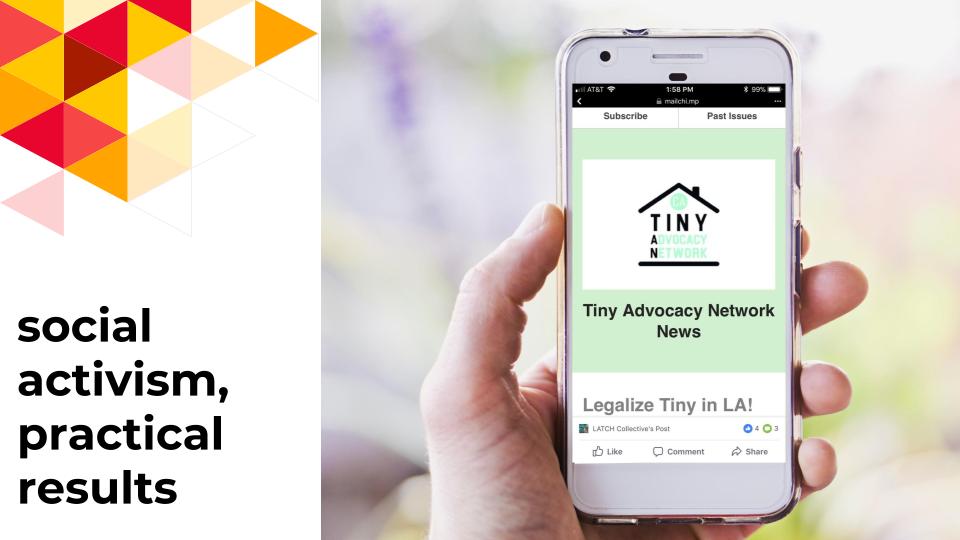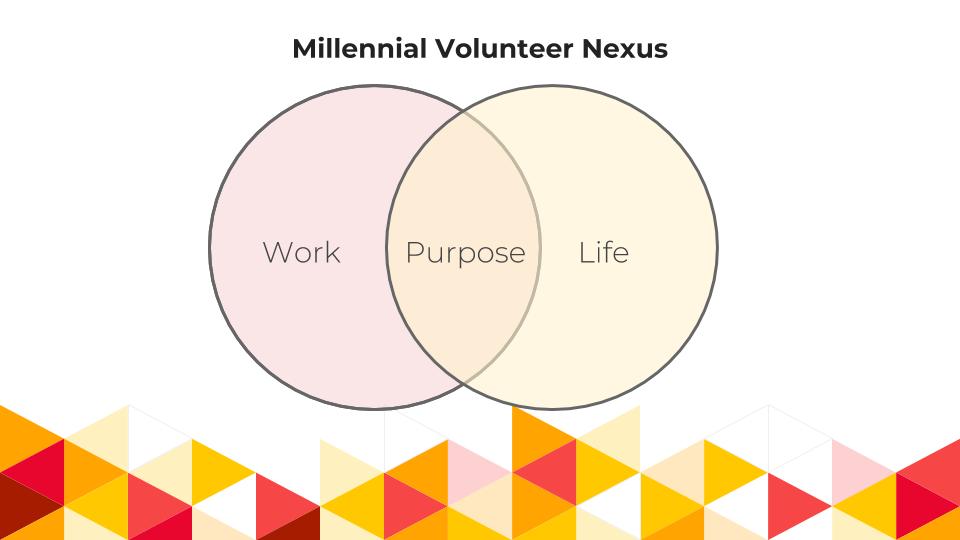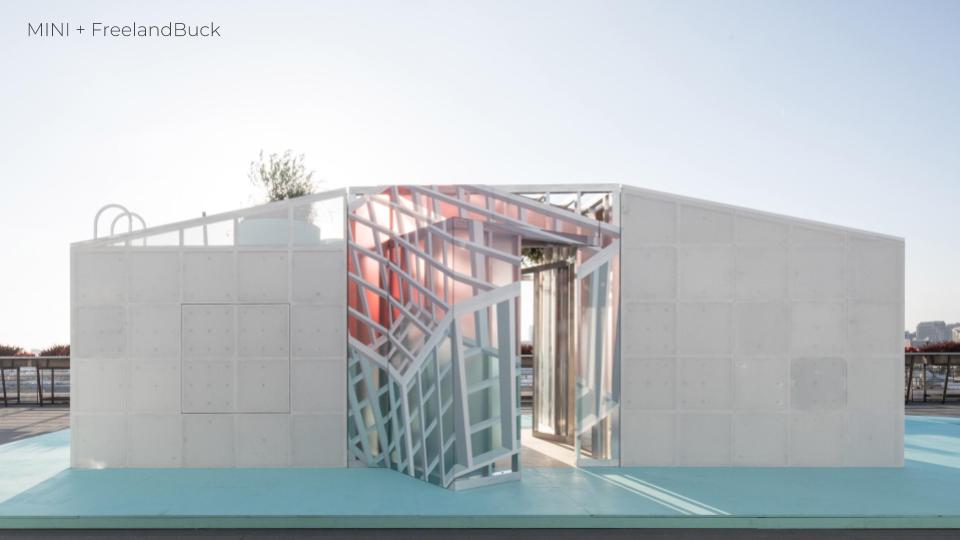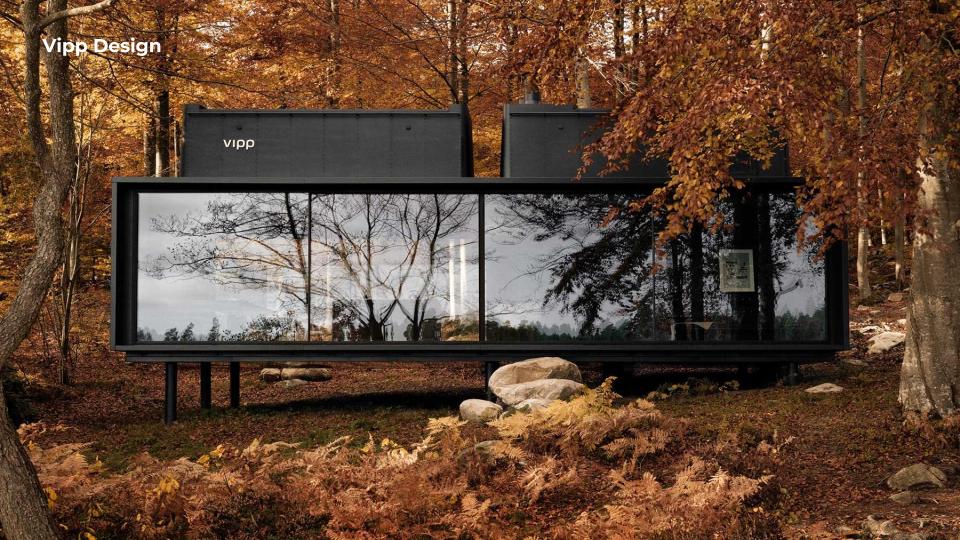Although the tiny house industry has recently gained large amounts of media attention, this market is still in its infancy. It holds potentials of restoring civic life, but top-tier design and cross-sector innovation are left waiting for the gates to open and a clear and legal path to become a massive housing opportunity for the millennials.
As people increasingly interact with digital technologies, their desire for meaningful tangible experiences with people, place, and things also grows. This trend has been increasing for over 20 years and is now a foundational principle in product design, retail, and marketing.

As Millennials and younger consumers continually voice their desire for different forms of consumerism, companies have titled their innovations as “Experience Design”, “Experiential Retail”, and “Experiential Marketing” – all levels of interaction with the consumer, including the good, is all part of the experience. Curating consumer industries for millennial consumers’’ desire for experience allows companies to skyrockets into new customer bases, and ultimately brings in more revenue.
Tiny houses deliver real, tangible and highly desirable experiences in two major ways:
- The experience of commissioning or building one’s own tiny home is a highly sought-after personal growth experience. Embarking on a tiny house project orients the individual to the local community out of necessity. Getting out and about to problem solve project elements, gather information and materials leads the tiny home aspirer to work with a variety of people, discover places, and cross social divisions. As a result, the tiny home builder finds belonging in the local community. To complement local relationships and resources, the tiny house community online is very strong and shares resources and information about every aspect of the process. It is a candid, practical community that loves to help each other, following similar trends towards sharing economies. This attitude sets the tone for civic engagement.

- Living in a tiny house is also a pledge to engage with community, place and civic life. A house this is so small cannot do everything. The inhabitant must grocery shop more often, utilize the public library, coworking space, print shops, etc. because they don’t have the space to store huge appliances or do big projects at home. Additionally, tiny houses on wheels encourage owners to share land which brings a more communal perspective into our neighborhoods. Tiny homes must be allowed within city limits to make the most of civic life.
Simply put, millennials want to balance social good in their everyday activities. However, they are challenged to do so because, from a life stage perspective, they are also striving to set their career paths on the right trajectory and also facing major consumerism challenges, like purchasing homes and starting families.
While older generations tend to see philanthropic, personal, and professional lives as different, millennials see them as integrated and strive to do less harm while also trying to do more good.

As an example, while a Baby Boomer might donate money to an environmental charity, a millennial will donate less to charity but spend more on groceries to purchase sustainably sourced products. While a Boomer might donate more of their possessions to a philanthropy fighting poverty, a millennial is more likely to purchase products that offer a one-for-one model. One model isn’t necessarily better than the other, but it is important to understand the difference.
The dream of homeownership coincides with a desire for uniqueness and individual expression. The intersection of uniqueness and new home construction is the territory of architects and designers, commonly out of reach for all but the most wealthy. Simply by changing scale, tiny houses democratize design. The average person is aware of good design and aspires to it, for example, designer home goods, designer street fashion, and economy cars by luxury brands.
The current big sellers of tiny houses originate in the modular home sector. These manufacturers have rudimentary design skills and do not respond to design trends. Yet, tiny homes are very popular in the architectural design and product design communities, where a plethora of extraordinary one-offs are made as proof of concepts. The unclear legality of use and traditional design code requirements for tiny houses make the barriers of entry too high for designers to go into production.

Small structures are a place of innovation across sectors. Universities across the US participate in design-build competitions to build tiny houses and small buildings that strive for a range of extraordinarily difficult metrics, including contemporary livability, carbon neutral, energy net positive, and processing all waste on site. Students across the applied sciences, engineering, architecture, design and arts collaborate with manufacturers and suppliers to prove their innovative solutions. Wouldn’t it be great if the design builds could legally operate post-competition in the community they originate from?

Outside of the university competition system, tiny houses are a way for companies in many sectors to create proof of concepts for new technologies and approaches to design. After a raving PR tour of the super cool tiny house, the company scales the proof of concept to larger building typologies. Imagine if people in our communities could buy high functioning, cutting-edge tech, and design at the proof of concept scale and legally use it.

When communities welcome tiny houses, they welcome innovation, active community participation, and higher quality of life. Communities should take into consideration the projected growth and potentials of this exciting sector when determining regulations and zoning, as to not hamper the sector’s agility and innovation but rather problem solve how more people can access it and use it.